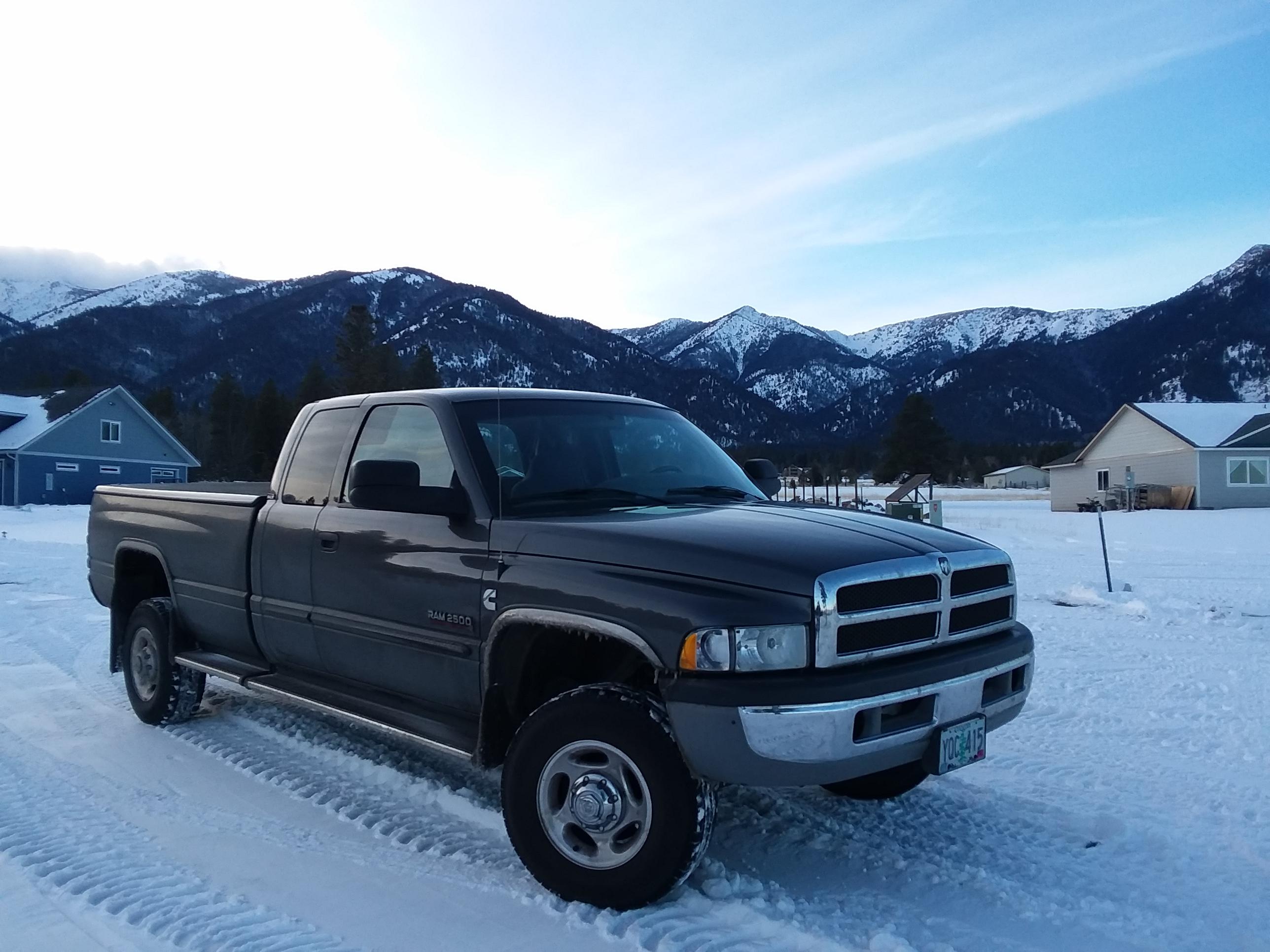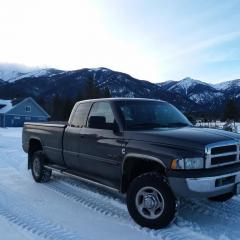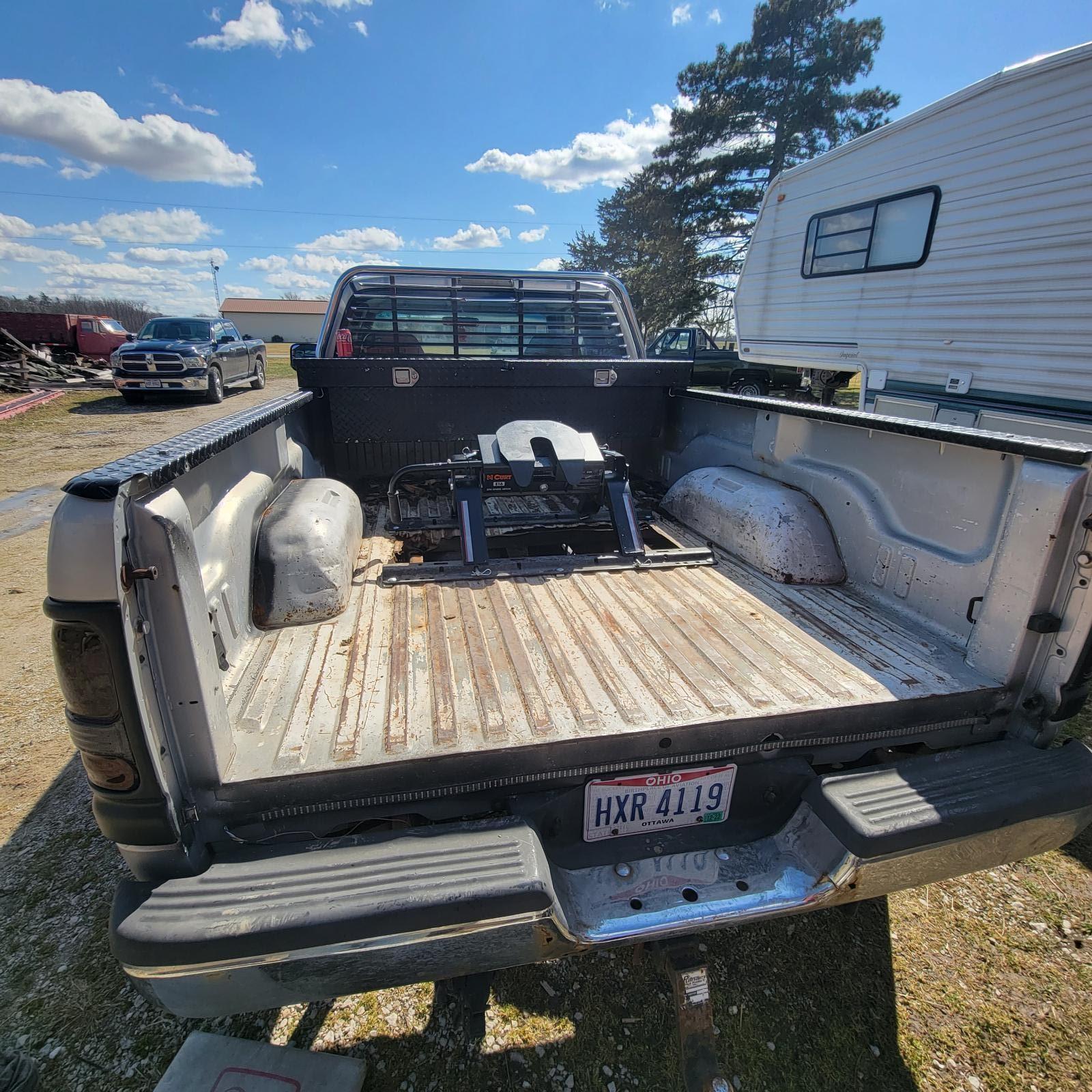
Tractorman
Yearly Subscription
-
Joined
-
Last visited
-
Currently
Viewing Forums Index
Everything posted by Tractorman
-
No A/C after winter (worked last year)
Good, you answered all of the questions well. It is likely that the refrigerant charge is low. A rapidly cycling compressor would match the symptoms shown in your video. There is nothing wrong with recharging your AC system yourself. But, if you have never done this before, take time to watch lots of videos to get your best understanding of filling the system and the safety precautions to observe when doing so. Wear gloves. Liquid refrigerant vaporizes at atmospheric pressure at around 20° below zero F. It instantly extracts the heat from of whatever it touches. Also, understand that you do not know how much refrigerant or oil is currently in the system , Since you do not know that, it means that you do not know how much to add. The proper way to charge an AC system is to recover the refrigerant in the system, pull a strong vacuum on the system for a determined amount of time, and then check for leaks. If all is well, then the proper weight of refrigerant with the proper amount oil will be added to fill the system. I only mention this because when a person decides to add refrigerant themselves, that person assumes all of the risks associated with it. Before recharging, I would inspect the all of the components of the AC system that are visible for any oil residue surrounding them A particular candidate is the AC compressor dynamic seal. Let us know what you decide. - John
-
No A/C after winter (worked last year)
You need to be a bit more specific than "No AC" For example: * Does the ventilation fan work properly on all selected speeds? * Is the air coming out of the vents, but just not cold air? * Or, is the air coming from somewhere else (such as defroster vents) and is cold? * Is the AC compressor cycling. The vacuum supply to the HVAC selector operates various ventilation door positions to direct airflow to either the floor vents, dash vents, or defroster vents. If the vacuum supply is removed, the default ventilation door selection will send airflow to the defroster vents only, regardless of the position of the HVAC control selector. The vacuum supply has no input as to whether or not the AC compressor runs. So, if the AC system is working properly and if the vacuum supply was disconnected, the result would be cold air coming from the defroster vents. So, check out the system and report back. - John
-
Gooseneck hitch
-
Rear Seal for NV5600
We know you want the rear seal for the NV5600, but your signature does show which transmission you have, nor does it show whether your truck is 2WD or 4WD. I bought a rear seal from Napa (CR 19211) for my 4WD truck, NV5600 rear seal. - John
-
Dana 80-Yoke & Seal Info
Mine was extremely tight. I broke 3/4" drive sockets trying to get the nut off. Finally had to take it to a repair shop. The fellow said come back around noon and your truck will ready. I showed at 5:00 pm and all the mechanics had gone home. I found the owner in the shop working on my truck. I asked how it was going. He said he was still working on getting the nut off. We worked on it together for another hour and finally got it off with some rigging and the use of a 1" impact gun. I paid the guy a little extra for his perseverance. Be sure to check the axle vent tube for blockage as well. Sometimes a plugged vent will force oil by a seal. - John
-
Battery Load Test Using Starter
My neighbor has a 2011 Dodge Cummins truck. I would like to perform battery load tests using the starter for the electrical load. Is there a way to easily disable the engine from starting so I can perform the test? Has anyone done this test using their truck? - John
-
Bosch Alternator
Quite possible, however on the other hand, I am still running my OEM Bosch alternator with two brush kits and one set of bearings that I installed myself. Currently the alternator has logged 362,000 miles. Still on the original diodes. - John
-
Brakes - Check your hardware too
@Silverwolf2691, if you are the original owner of the truck and if you know that the equalizer adjuster along the frame rail has never been adjusted, then you are good to go with @Mopar1973Man's instructions. However, if you do not know the history of that adjustment, then I recommend to back off equalizer adjuster a fair amount before adjusting the brake shoes. This will ensure that the brake shoes seat on the anchor pin when retracted for proper adjustment. Then follow up with the equalizer adjustment. - John
-
Speed Round-General Questions
Probably. But, you should find out the total wattage and divide that number by 13 volts to get the amperage draw. I say 13 volts because it will never be higher than that at the bulb. The LED bulbs may already have the amperage draw written on them. - John I am guessing that there is a problem in that circuit. Those relays should last just about forever, especially with such a low duty cycle. - John
-
Low Boost After Boost Elbow Install
That's what I did. - John
-
Air Vent?
There are eight positions on the ventilation switch. @jlweldingneeds to give more information about the ventilation settings and where the airflow was going before the sudden change occurred, otherwise we are shooting in the dark trying to help him. - John
-
Air Vent?
What was your ventilation setting before the air started coming out of the vents? If you lose your main vacuum supply, then all the air flow will default to the defrosters, so it sounds like you have something else going on. Possibly a vacuum line came off of the mode door for directing air to the floor, dash, or defrosters. - John It won't cool the cab as fast as the recirculation mode, but the AC system should easily keep your cab cool, even bringing in outside air.
-
Sway Bar Diameter ??
I think that you are probably okay with the installation. As long as the anti-sway bar fits snugly, it should perform fine. If there is too much squeeze pressure on the bushing, then the bushing would just distort. If, after some driving miles, should you see some play, it looks like you could easily add a flat shim to take up any looseness. - John
-
Sway Bar Diameter ??
You say there is a large gab. Can you post a measurement of the gap. Can't look at a photo and know what the gap is. Does the bracket that fits around the bushing slip over the bushing easily, or is it a struggle to get it over the bushing? If it is the latter, then the gap will probably close. It's kind of like piston rings - you can't judge the end gap when the rings are removed from the cylinder. - John
-
Dreaded P0216 code, help/advice
Good Job!
-
Low Boost After Boost Elbow Install
This is how @Mopar1973Mankeeps his final drive ratio low. He turns his 245/75R16 tires into 245/70R16 tires by letting the smoke out. - John
-
1998.5 47re auto hard OD shift
When the transmission shifts from 3rd to overdrive, the converter should unlock just before the shift and then relock shortly after the shift. Is this occurring? If the converter remains locked during the shift, the shift will be harsh. - John
-
Dreaded P0216 code, help/advice
@dieselautopower, thank you very much for this information. This is good information for deciphering the code for the business end of the VP44, but what I really want to know is the displacement of the internal vane pump in terms of cubic inch per revolution. If you happen to find a source for this information, please let me know. I appreciate your quick response. Thank you, - John
-
Low Boost After Boost Elbow Install
I think I would just make my own gasket and form it in the shape of the hole that it surrounds. - John
-
Dreaded P0216 code, help/advice
A flowmeter will not be of any help for testing the output of either the lift pump or the internal vane pump. Lift pump - There is no way to connect a flowmeter to a lift pump that returns unused fuel to its suction side within the pump housing. Two flowmeters would be required for a lift pump that returns unused fuel through an external line. One flowmeter would have to be connected in a series circuit with the VP44. The whole setup would be cumbersome and would not be practical to view from within the cab for testing under actual driving conditions. A simple flow performance chart would provide the necessary information regarding fuel flow for all driving conditions before the lift pump was even purchased. Customers would know what they are getting. Internal vane pump - a flowmeter can be connected to measure return flow from the VP44 to the fuel tank, but there will still be two unknowns: - fuel volume for injectors under any given engine rpm / load (a minor issue, as it could be roughly calculated) - fuel volume for fuel flowing over the internal vane pump regulating valve returning fuel to the suction side of the internal vane pump under any given engine rpm / load. This volume is important, so not knowing this volume is a much bigger issue. I believe that the lack of basic performance information for both of these pumps has contributed greatly to the difficulty of diagnosing fuel related performance problems and to the misunderstandings and mystery surrounding the VP44 fuel system. Something worthy of mention is that the output of both of these pumps is actually the volume of fuel leaving the pumping chamber, which includes the volume of fuel heading to its intended destination and the volume of fuel passing over its internal pressure regulating valve. I wouldn't worry too much about your purchase...., it will work fine. - John
-
Dreaded P0216 code, help/advice
I would like to know two very important things that would help resolve some of the mystery surrounding the VP44 fuel system operation. * Thing One: How about manufacturers of lift pumps providing fuel flow performance charts for lift pumps they sell? These flow charts would provide valuable information. Example LIft Pump A fLows: 100 gph @ 0 psi 90 gph @ 5 psi, 80 gph @ 10 psi. 70 gph @ 15 psi, and so on * Thing Two: How about Bosch providing the pump displacement information for the VP44's internal vane pump in terms of cubic inches per revolution? This would allow for easy calculation of fuel flowing from the internal vane pump at any given engine rpm. I have never seen this information posted anywhere and it would be very valuable. This one piece of information alone would give a much better understanding of fuel flow inside the VP44. @dieselautopower, I see that you post every now and then to help resolve engine performance problems for people posting, so I am reaching out to you for help in finding answers for the two questions I have posed above. I am asking you because you may have resources that are unavailable to customers who use these products. Thank you in advance for any information you may be able to provide. - John
-
Surging while driving
I am wondering if the Timbo APPS will have a longer life for those who have a manual transmission and use cruise control a lot (I would fit into that category). The reason I mention this is because the ECM does not use the APPS signal for input when cruise control is selected on manual transmission trucks. My OEM APPS lasted for 290,000 miles before I got the dead pedal and the APPS trouble code. I use cruise control a lot. What do you think, @Mopar1973Man? - John
-
Surging while driving
4 years and 72,000 miles on mine... - John
-
Low Boost After Boost Elbow Install
The first photo says a lot. No way that wastegate is sealing. Look at the valve face - about 40% of the valve face is not even making contact with the valve seat. - John
-
Surging while driving
His signature says 3.55's, but it looks like his tires are 35's. Oh, oh... - John






